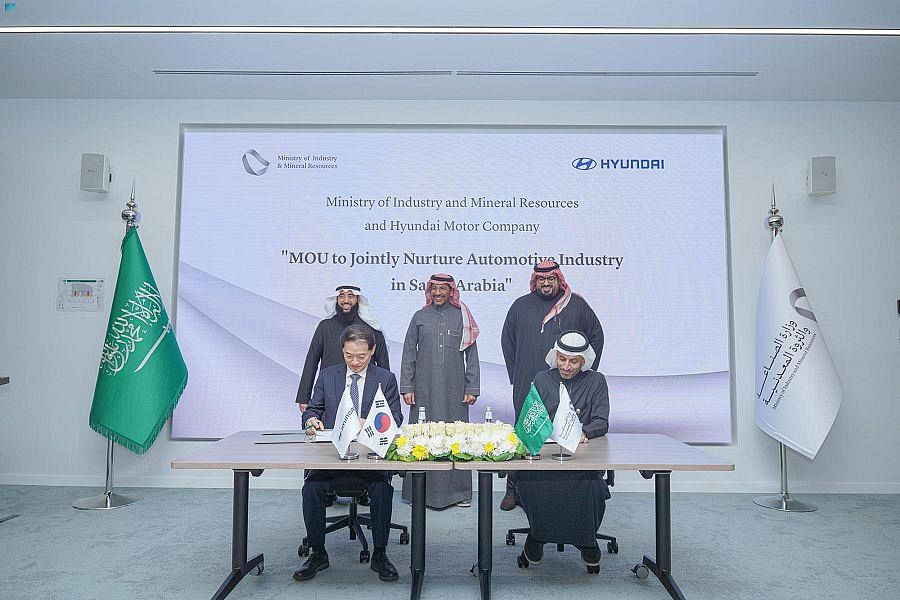
DUBAI — The Food and Beverage (F&B) industry in Saudi Arabia is the largest in the Middle East and is valued at $45 billion. According to a recent report by JLL, there are four major F&B trends to watch out for in the Kingdom of Saudi Arabia during 2020, which will continue to shape the growth of the industry.
The Saudi Arabian General Authority for Investment (SAGIA) forecasts that spending on foodservice will grow by 6% per annum over the next five years. The Saudi F&B industry accounted for 10% of gross domestic product (GDP) in 2018 according to the report, which also highlights the importance of the industry to the overall economy.
“As the population in The Kingdom reached about 34 million by the end of 2019, Saudi Arabia now holds the largest domestic F&B market in the GCC. With this and the rapidly changing demographics, including a larger younger population with high disposable income, it also highlights the many opportunities available for developing the F&B industry in Saudi Arabia,” said Alexis Marcoux-Varvatsoulis, foodservice consulting lead at JLL MENA.
“Saudi Arabia is changing drastically and we can see this with the current expansion of the tourism and entertainment industry. With this, the Kingdom is expected to result in a huge shift in the retail and F&B landscape as part of the government’s modernization and economic diversification efforts,” he continued.
Looking ahead for the rest of 2020, JLL has examined the food and beverage trends that are set to lead the way in The Kingdom of Saudi Arabia:
Emphasis on overall experience
According to the JLL report, the increased focus on experience is likely to drive a shift in the market dynamic away from Fast Food to Fast Casual formats as consumers attach greater weight to quality experience rather than convenience.
With a strong focus on experience, the Kingdom will likely see a shift from the current food courts found in most malls, to a wider range of food halls, market places and other dining and entertainment options. This shift is something developers will also welcome as units will attract higher average spends.
Heathy and sustainable eating
Consumers in Saudi Arabia are becoming increasingly concerned with health & wellness and this has clear implications for their food choices. Many of the existing fast food chains have responded by introducing more healthy menu options while new brands are emerging with a specific focus on health and wellbeing.
Capitalizing on the health-conscious consumer, local brands such as Sinless and Yogi have established a presence in Riyadh, offering healthy locally produced dishes.
Emergence of more ‘home grown’ brands
The Saudi foodservice sector is currently heavily dependent upon traditional local offers and large global brands especially in the fast food sector. In recent years and as the Kingdom continues to develop its capabilities as an up and coming tourist destination, the market is becoming increasingly appealing to more types of interesting brands as consumers are selective in their desire for more unique experiences.
There are opportunities for additional local or ‘home grown’ concepts in coming years, particularly for those offering healthy options utilizing locally sourced ingredients.
Delivery and dark kitchens
While more people will go outside the home to share their eating experience, the market for home delivery will remain sizeable and this is estimated to reach USD 365 billion by 2022.
Another consequence of the growth in food delivery options will be a further separation between the location of food preparation and consumption. There is already a growing interest in ‘dark kitchens’ (kitchens without dining facilities) across the major Saudi cities and this interest is only likely to increase over coming years. — SG









